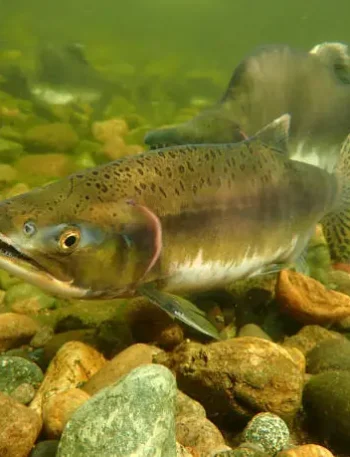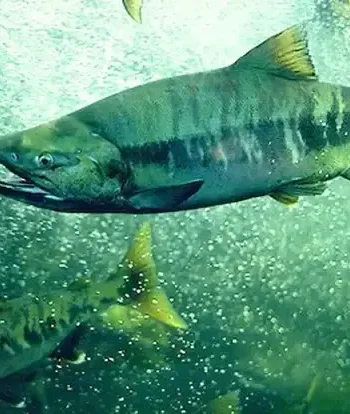Skin of Salmon is not only edible but it also has a distinct texture and flavor that many people appreciate. It is regarded as a delicacy in many cultures worldwide, particularly when fried to crispy perfection. it’s a popular choice for health-conscious consumers due to its high nutrient content, which includes good fats and critical vitamins.
Table of Contents
Fast facts
Nutrient-Rich Addition: When taken from high-quality salmon the skin can be a nutrient-dense addition to your diet, containing omega-3s and vital vitamins.
Crispy Texture: When properly cooked, salmon skin may become deliciously crispy, making it an excellent addition to a variety of recipes.
Low in carbs: Naturally low in carbs, making it ideal for low-carb or keto diets.
Should you eat salmon skin?
Nutritional Benefits: It’s rich in protein and omega-3 fatty acids, essential for heart and brain health. Since our bodies can’t produce omega-3s, they must come from our diet.
Vitamins and minerals: It offers vitamins B and D, along with essential minerals like selenium, supporting overall health.
Nutritional benefits of salmon skin

Fish skin is rich in protein, aiding muscle maintenance and restoration. It boosts heart and brain health with omega-3 fatty acids and provides essential vitamins for energy metabolism and bone health.
It provides selenium for immune support and is low in carbohydrates, ideal for low-carb diets.
What do the studies say about benefits?
A 2012 study in the American Journal of Clinical Nutrition found that omega-3s in salmon skin significantly lower triglycerides and blood pressure reducing the risk of cardiovascular disease.
A 2013 study in The Lancet Neurology linked increased omega-3 intake to improved brain function and a lower risk of Alzheimer’s.
How to cook skin of Salmon
Boiled or steamed skin becomes mushy, but grilling or frying makes it crispy and flavorful, enhancing the dish.
Cooking salmon with the skin on
Cooking salmon with the skin on retains moisture and prevents drying, serving as a protective barrier during grilling or frying.
Salmon Bacon
Salmon bacon is a crispy healthy alternative to pork bacon made from its skin. It’s high in omega-3s and protein, with fewer calories, making it great for breakfast or snacks.
Risks and side effects
Choose skin carefully; fish from contaminated waters can have harmful pollutants. Opt for wild-caught or sustainably farmed salmon to reduce risks.
What do the studies say about risks?
Contaminated salmon can gather toxins like mercury and POPs in their skin, which may lead to long-term health risks, including developmental issues, according to studies like Environmental Health Perspectives (2016).
Choosing a source of salmon
Many prefer wild-caught salmon to reduce risks, but it should be sourced from clean waters to avoid toxins. Always check the source for safety.
Drug interactions and other risks
High omega-3 intake can affect blood thinners; consult your doctor first. The skin also adds extra calories.
FAQs
Is salmon skin healthy to consume?
Absolutely! Salmon skin is rich in omega-3 fatty acids, which are great for heart health and brain function.
How should I cook salmon skin for the best taste?
You can grill, bake, or pan-fry the skin to get it crispy and delicious. Just season it to your liking!
Are there any risks to eating salmon skin?
While skin is generally safe, make sure it’s sourced from a clean environment to avoid contaminants.
What is salmon bacon?
Salmon bacon is a healthier alternative to pork bacon made from skin of salmon, high in omega-3s and protein.
What types of salmon are best for eating the skin?
Wild-caught salmon varieties, such as sockeye and king salmon, are often preferred for their quality and lower risk of contaminants.






Yes, you can eat salmon skin! It’s often my favorite part of the fish for its rich taste.